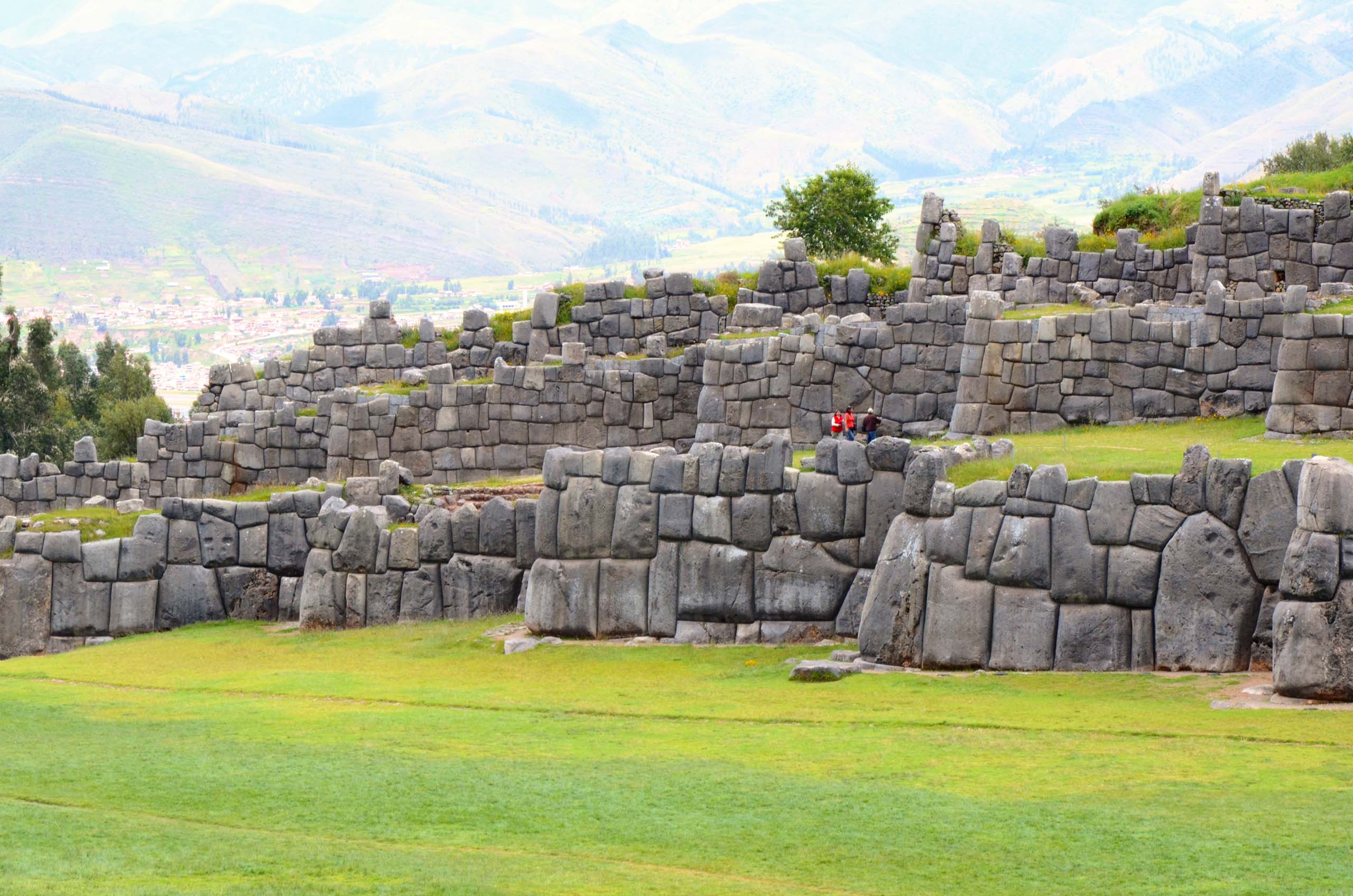
Undoubtedly, Sacsayhuamán was and remains to this day a majestic work of Inca architecture and engineering. The Inca fortress was built between the 14th and 15th centuries. All its structures were placed in such a way that they became an integral part of the landscape in which they stand, deeply and harmoniously integrating the then sacred category of the landscape, resulting in a colossal altar to nature.

Before the arrival of the Incas, the area now occupied by Sacsayhuamán was territory of the Ayamarca culture. The Inca fortress of Sacsayhuamán was initially built by Inca Pachacútec around the year 1350 AD, but was completed by his grandson, Inca Huayna Cápac.
It is believed that its construction lasted more than 90 years, and for the construction of this impressive and imposing place, more than 20,000 men were needed under the mita system (teamwork), making this place the greatest evidence of the organization and technique of the Inca empire.
With the Spanish invasion, Sacsayhuamán became a battlefield, being key for the Inca resistance. After the battles, this place was dismantled, and its stones were moved to build buildings, such as the Cathedral of Cusco.
Over time, Sacsayhuamán lost its importance until it was abandoned and even used as a quarry for the construction of houses for the inhabitants. It was not until 1983 that it was declared a Cultural Heritage of the Nation.
In 1944, the reenactment of the Inti Raymi was celebrated for the first time on the central esplanade, which continues to be held year after year in the same place.
The word Sacsayhuamán comes from the Quechua words Sacsay "Satisfied" and huamán "Hawk," which translates to "The Satisfied Hawk" in Spanish.
In the Inca era, Sacsayhuamán was one of the most important ceremonial centers of the time, as it had a very close connection with the city of Cusco, located just 4 km from the city. It is also believed that Sacsayhuamán was the main water channel that supplied the entire city of Cusco.
The religious significance of this place was of great meaning, as it was here where the Inti Raymi (Festival of the Sun) took place, a ceremony that was held every winter solstice, in which offerings and sacrifices were made in honor of the sun god.
The Incas used astronomy to develop their calendar, as well as to know when the dry or rainy season began and to determine the start date of the harvest. The observation of the sun's position also determined the beginning of a solstice and equinox.
Sacsayhuamán is an archaeological site located to the north of the main square of the city of Cusco. You can reach Sacsayhuamán by taking a City Tour from any travel agency. You can also get there by walking, taxi, or using your own vehicle.
To walk to Sacsayhuamán from the main square, you can go up Suecia street to Huaynapata and continue on Resbalosa, turn right after the church of San Cristóbal and follow the road. Here, you will join the ancient Inca route to Sacsayhuamán. The climb is steep and takes about 30 minutes from the main square.

The general climate of the city of Cusco is very versatile, having two main seasons: dry and rainy. However, given the altitude at which Sacsayhuamán is located (3,700 m above sea level), it tends to have a cold climate, also depending on the month you wish to visit this incredible place.
December, January, February, March: These are the rainiest months of the year in the city of Cusco and Sacsayhuamán.
May, June, July, August: Being the driest.
Sacsayhuamán stands out for its incredible infrastructure, composed of towers, residences, warehouses, aqueduct, and more.
In this place, one can easily recognize all the Inca engineering; the transfer of stones was done using ropes pulled by men to the place where they were carved, obtaining a velvety texture, in addition to designing figures in the stones, entrances to tunnels, and buildings of a ritual nature.
The Inca fortress is divided into sectors: Sacsayhuamán, Rodadero, Inca Throne, Warmi K’ajchana, Inca Bath, Amphitheaters, Chincana, Tower Bases, and more.
Sacsayhuamán was originally built with a religious purpose, in honor of the God Illapa "the god of thunder" among other deities worshiped by the Incas. However, after the arrival of the Spaniards, it became a battlefield, being referred to by the Spaniards as a "fortress."

The complex itself has important architectural and natural parts, each with its own meanings and stories, such as:
They are named Muyuccmarca, Paucarmarca, and Sallaqmarca and are located at the top of the bastions (zigzag walls). In the times of the Incas, these were towers arranged in a straight line at the summit of the hill, where there was abundant water, and today, we can still see parts of the aqueducts.
Currently, only the foundations of the Towers remain. The buildings were destroyed in the early colonial period, their foundations covered with earth; they were later located and recovered by Dr. Luis E. Valcárcel.
This group of enclosures is found at the top of the hill, to the south and a short distance from the towers. They are beautiful rooms situated against the hill, overlooking the plazas of the Inca city. The rooms themselves are characterized as long and narrow, connected by a series of trapezoidal doors. Their walls are made up of irregular polygons with steep faces and well-polished edges.
These refer to the three platforms that form a serrated pattern of recesses and projections made of limestone block walls, impressive irregular polyhedrons assembled with perfect precision. The first Spaniards attributed their construction to demons; even today, it is said that extraterrestrials are the ones who made this work. These bastions are considered a marvel at a global level.
Located in the central and middle part of the bastions with trapezoidal shapes, they served as entrance to the tower area. The three mentioned doors are: T’iopunku, Ajawanapunku, Wiracochapunku.
Geologically, it is a natural formation of diorite, of volcanic origin, which emerged modulating its surface with curves and stripes in the form of slides.
Translated, these words correspond to "where the monkey climbs up." It is a succession of seats carved in diorite rock with a deep aesthetic sense, located on the eastern part of the hill, from which there is a panoramic view of the complex.
There are two, the smaller next to Warmi K’acchana is short in length and has become a distraction for visitors. The larger one is further north, below a large limestone rock. This passage is flooded and not accessible.
According to geologist Dr. Carlos Kalafatovich, these tunnels, called chinkanas, correspond to undercuts by the action of groundwater that circulated through the caves.
The enigma of the "Chinkanas"
There are many rumors about the origin of the chinkanas, the why and what for of these so-called "labyrinths". Some believe they are interconnected with the various Inca constructions, yet it remains a great mystery.
There are dozens of legends formerly told by inhabitants of Cusco, as well as stories written by chroniclers like Inca Garcilaso de la Vega, about the connection that Sacsayhuamán had with the Qoricancha, or the sudden appearances of the ancient inhabitants who lived in Cusco.
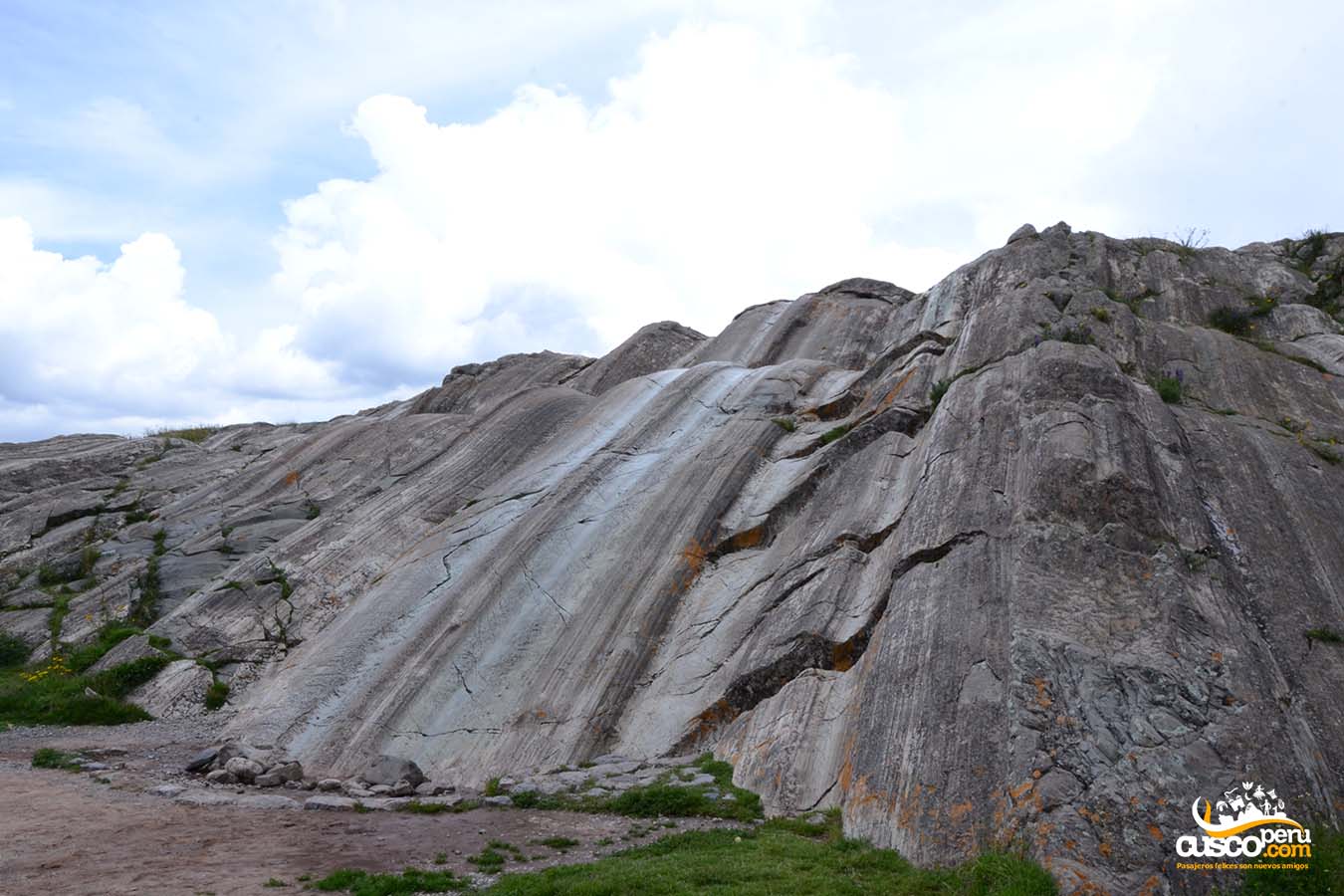
Currently, Inca reenactments take place on the esplanade of the Sacsayhuamán fortress
Every June 24th, the Inti Raymi is celebrated on the esplanade of Sacsayhuamán, which is a reenactment of the most important festival of the Inca era, the worship of the Sun God.
This is one of the most important festivities of the year, as tourists from all over the world gather to witness this wonderful spectacle.
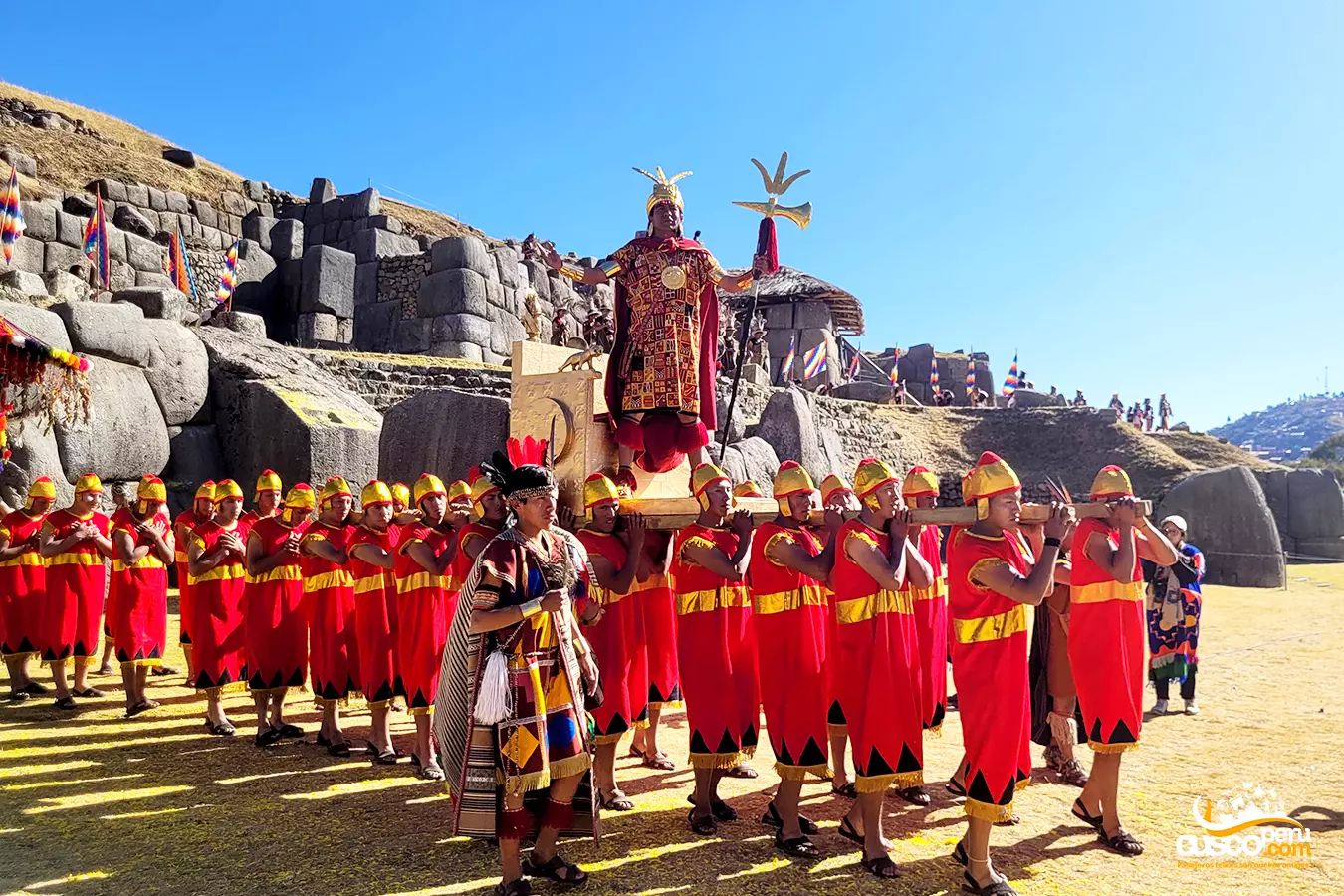
Monday to Sunday from 08:00 am to 05:30 pm.
The Sacsayhuamán entrance is included in the Tourist Ticket.
The climate in Sacsayhuamán corresponds to the climate found throughout the city of Cusco, completely unpredictable, although it is generally dry and temperate. However, being an esplanade, it is very common to feel strong winds from early on that only increase as the day goes on.
Getting to Sacsayhuaman is very simple, and offers different options:
Image Gallery
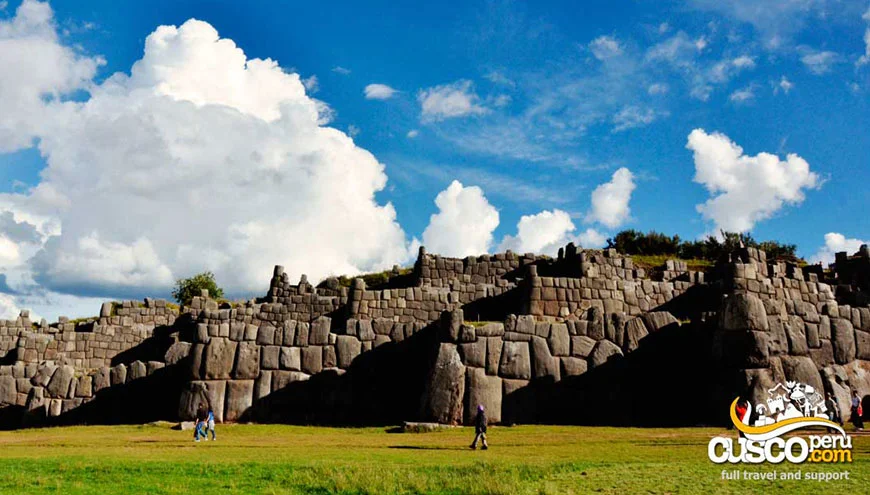
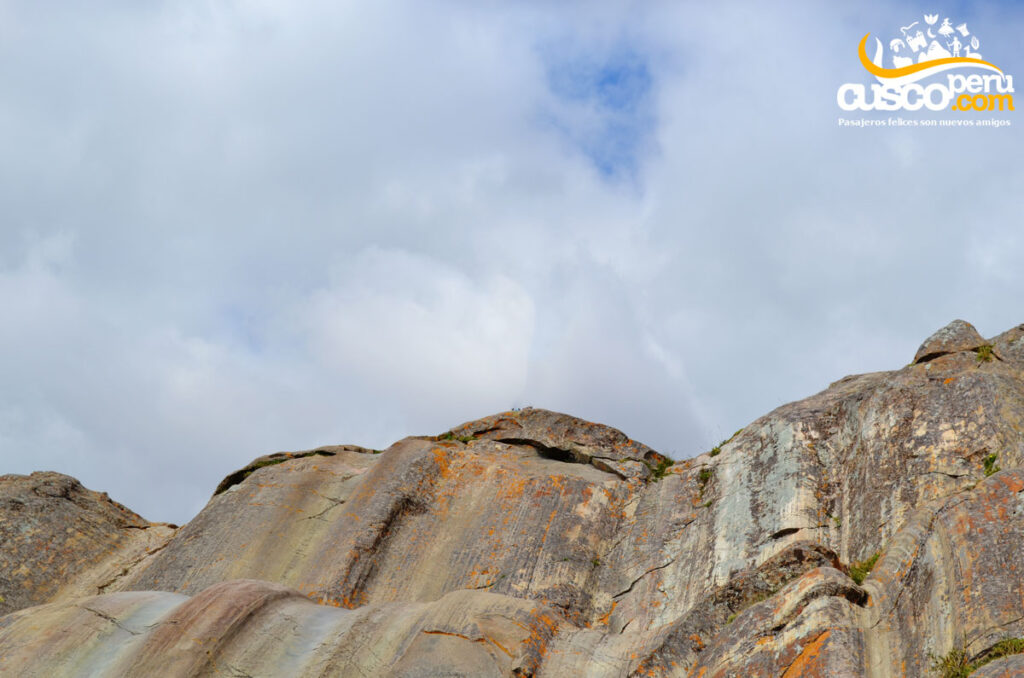



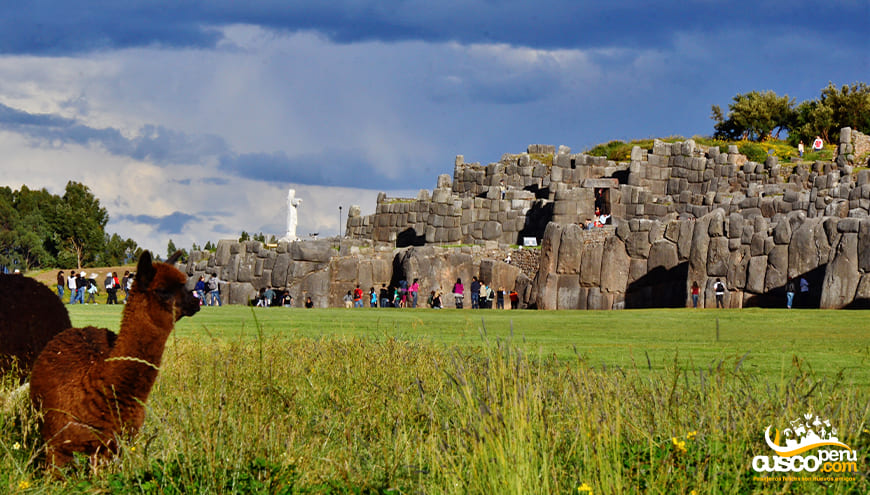

Happy passengers